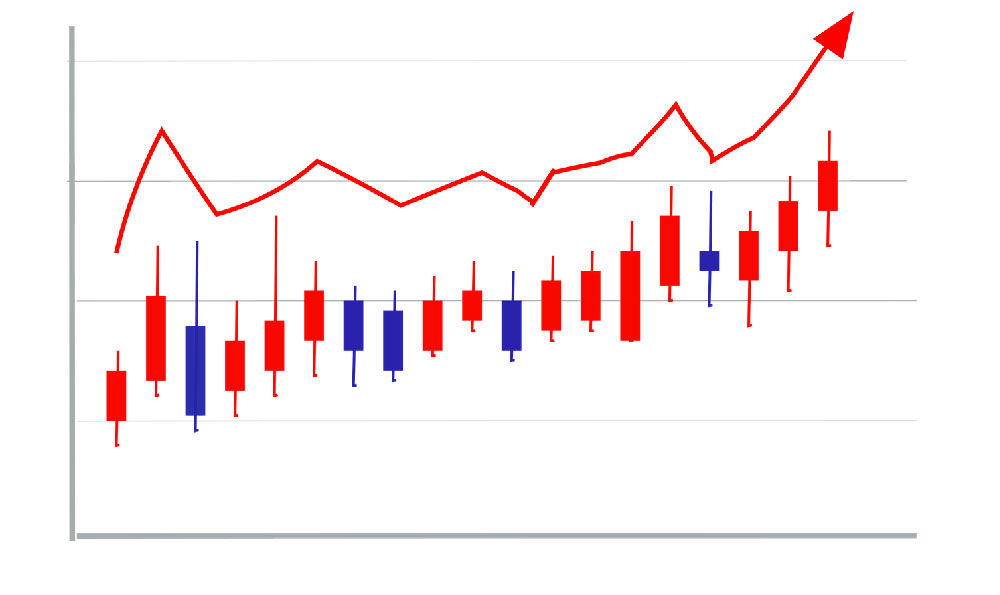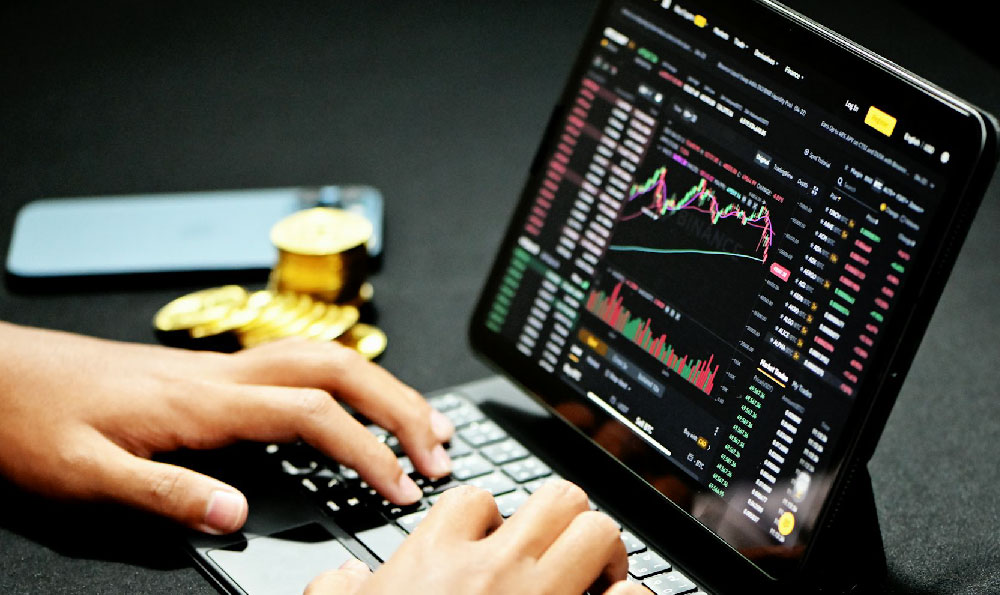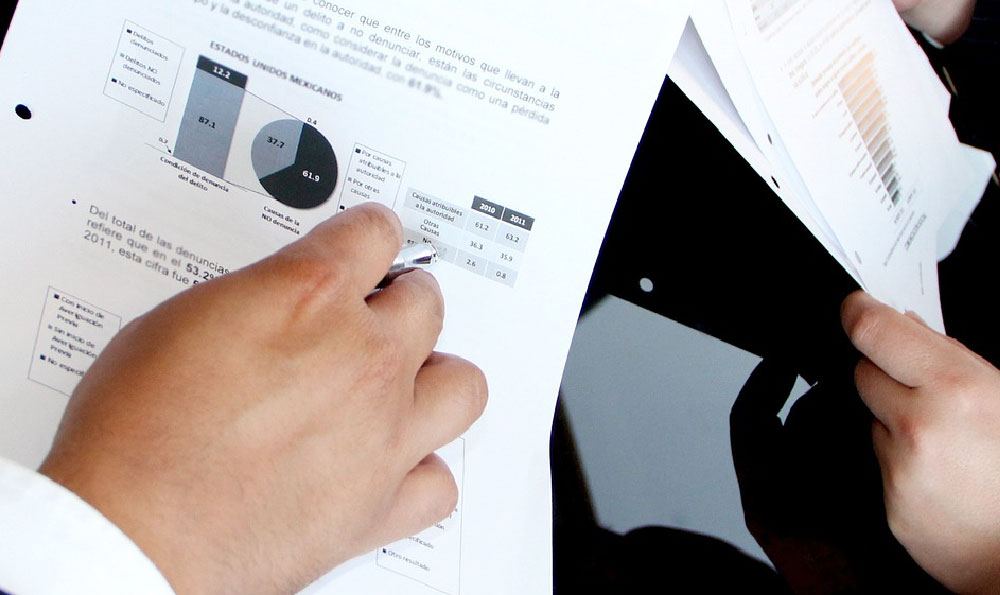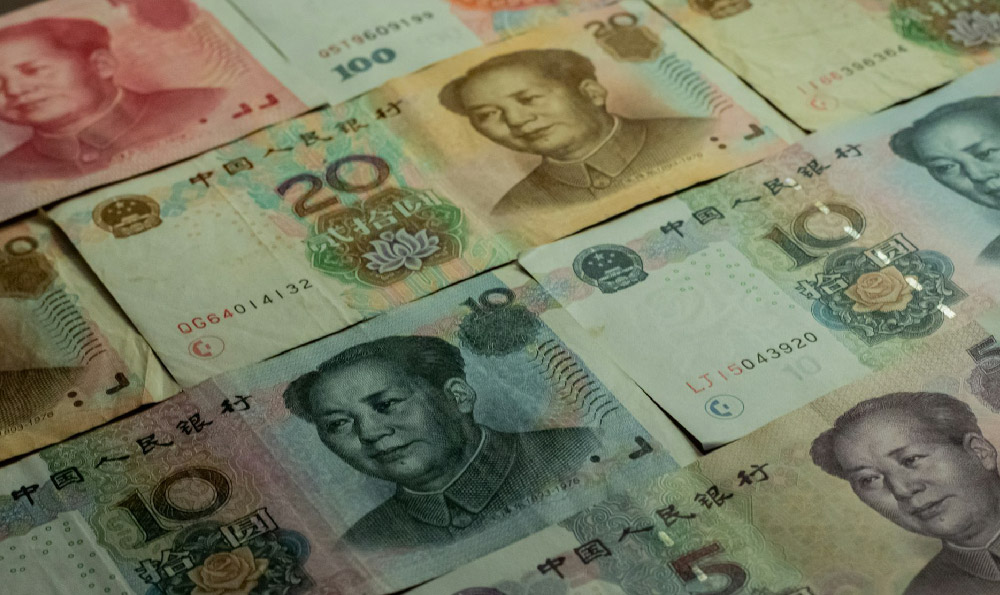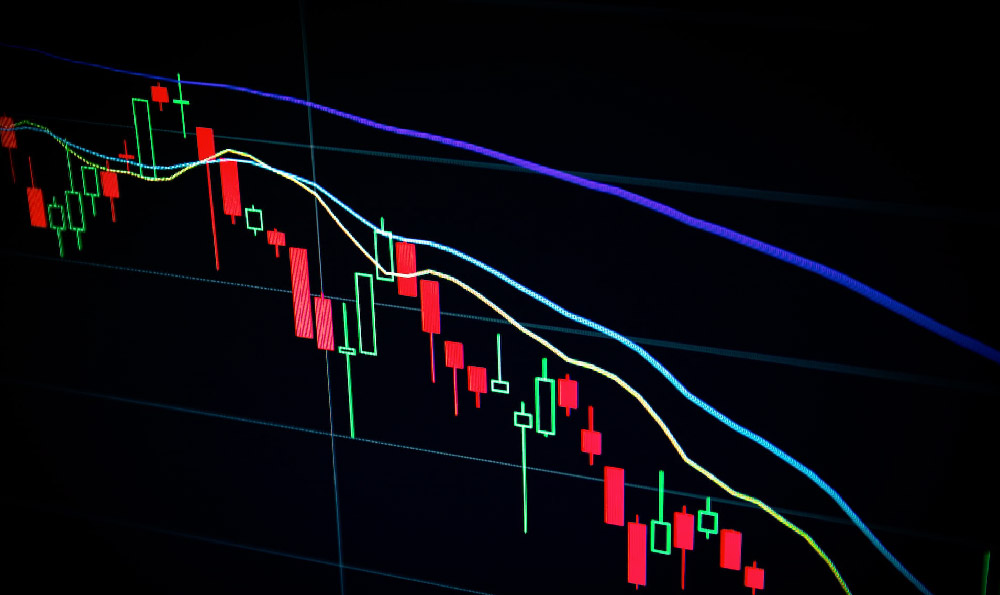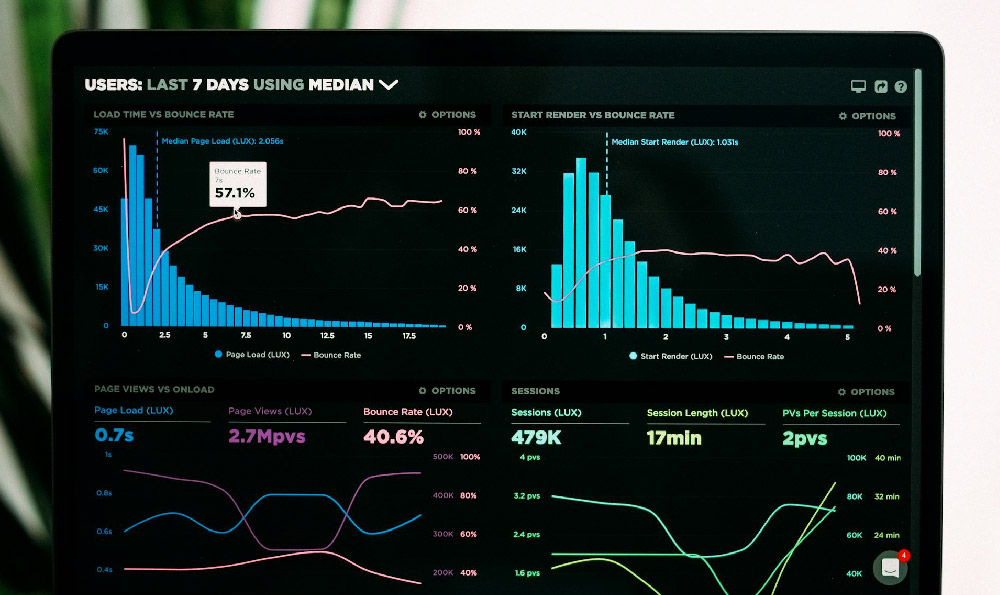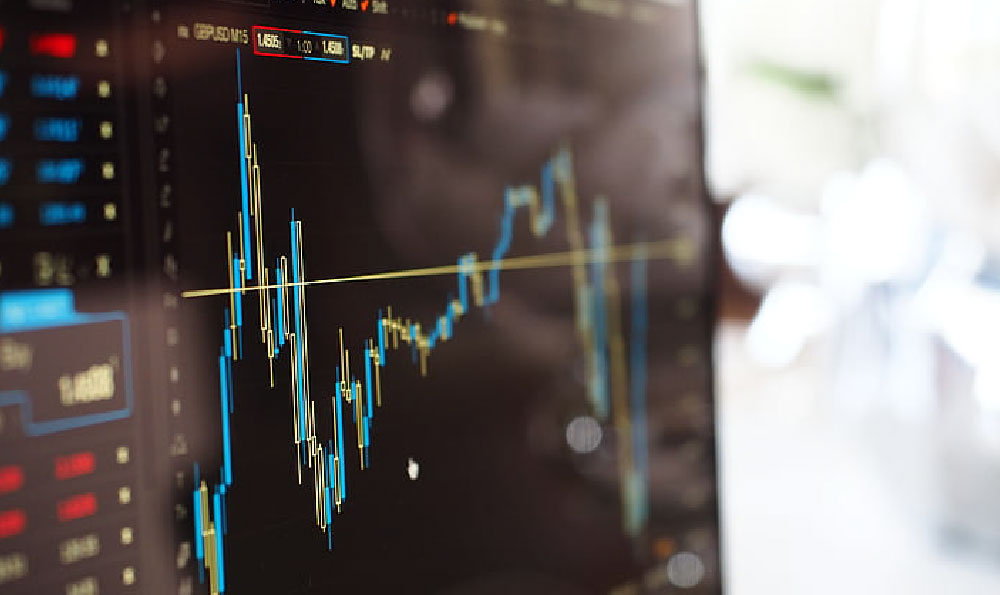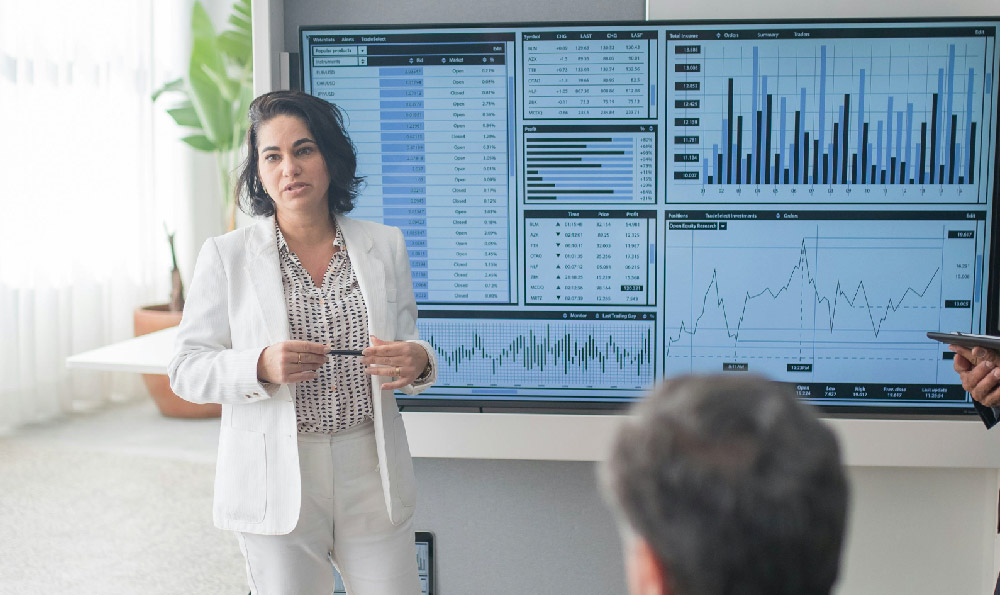Belle Gibson, the face behind "The Whole Pantry" app and cookbook, built a fraudulent wellness empire promising to cure cancer through healthy eating. The reality, however, was a web of lies spun to exploit vulnerable individuals and amass significant wealth. Understanding the scope of her earnings and the subsequent repercussions is crucial to appreciating the depth of her deception and the importance of due diligence in any health or financial endeavor.
Estimating Gibson's exact earnings is challenging due to the opaque nature of her business dealings and the lack of transparency surrounding her financial records. However, based on available evidence from court documents, media reports, and investigative journalism, we can piece together a picture of her ill-gotten gains. The primary sources of her income stemmed from several avenues, all fueled by her false claims about overcoming cancer naturally.
The "Whole Pantry" app, initially released in 2013, was a significant revenue stream. Promoted as a guide to healthy recipes and holistic wellness, it garnered immense popularity, particularly among those seeking alternative cancer treatments or adopting a health-conscious lifestyle. While specific download numbers are difficult to ascertain, it's estimated that the app generated hundreds of thousands of dollars in revenue. App sales, coupled with in-app purchases of premium content and features, contributed substantially to her overall earnings.
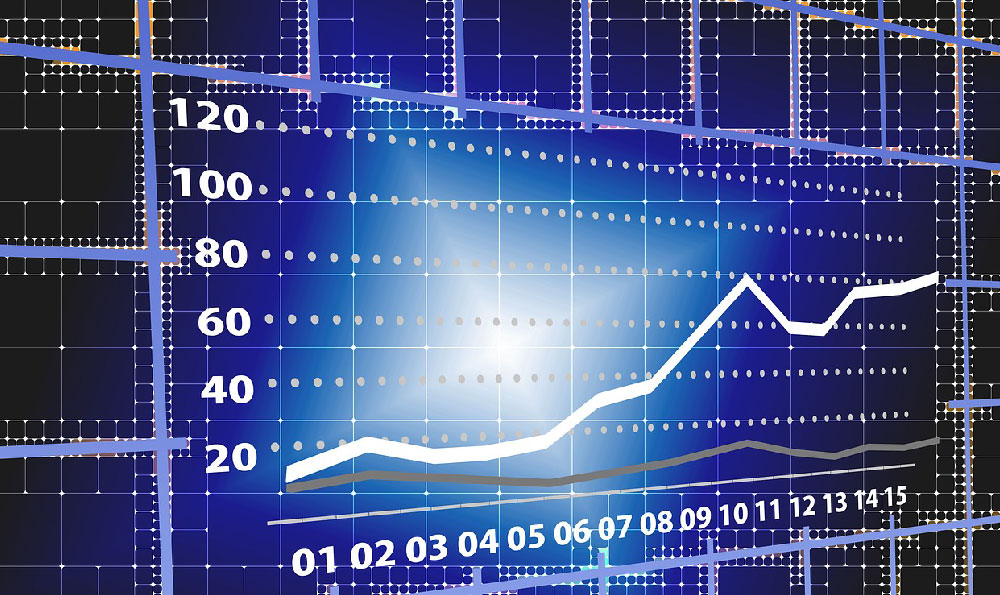
The "Whole Pantry" cookbook, published by Penguin Australia in 2014, further amplified Gibson's reach and income. Riding on the success of the app and fueled by her purported personal experience with cancer recovery, the cookbook became a bestseller. Penguin Australia reportedly paid Gibson an advance of $30,000 for the book. Sales figures suggest that the cookbook generated considerable royalties, adding significantly to her financial gains.
Beyond the app and cookbook, Gibson secured numerous partnerships and endorsement deals with reputable brands. Attracted by her compelling narrative and large social media following, companies sought to associate themselves with "The Whole Pantry" brand. These partnerships likely involved sponsorship fees, commissions on sales, and other forms of compensation, further bolstering her income. The exact value of these deals remains largely undisclosed, but it's reasonable to assume they contributed a substantial amount to her overall earnings.
Furthermore, workshops and speaking engagements provided another avenue for income generation. Gibson capitalized on her fame by conducting workshops and delivering speeches on health and wellness. These events attracted attendees willing to pay for her expertise and guidance, adding to her revenue stream. While the frequency and pricing of these events varied, they undoubtedly contributed to her overall financial success.
In total, it's plausible to estimate that Gibson earned well over $1 million AUD through her fraudulent enterprise. However, this figure is likely a conservative estimate, as it's impossible to account for all of her income streams with complete accuracy. The true extent of her financial gains may never be fully known.
So, what happened to all that money? This is where the story takes a darker turn. Gibson initially promised to donate a significant portion of her profits to various charities, including those supporting cancer research and families affected by the disease. However, it was later revealed that she had failed to honor these pledges, keeping the money for herself.
The exposure of her fraudulent claims and the revelation that she had not donated the promised funds led to widespread public outrage and a thorough investigation by Consumer Affairs Victoria (CAV). The investigation uncovered extensive evidence of her deception and her failure to donate the funds as promised.
In 2017, the Federal Court of Australia found Gibson guilty of misleading and deceptive conduct. The court imposed a fine of $410,000 AUD, citing her unconscionable behavior and the harm caused to vulnerable individuals. The fine, however, proved difficult to recover, as Gibson claimed to be unable to pay.
Consumer Affairs Victoria pursued further action to recover the unpaid fine. In 2018, they obtained a warrant to seize Gibson's assets. These assets included personal belongings and any remaining funds that could be located. However, the recovery efforts were hampered by her claims of limited financial resources.
As of recent reports, Gibson still owes the full amount of the penalty. The funds that she initially accumulated through the "Whole Pantry" empire have been largely depleted, likely through personal expenses, legal fees, and other expenditures. The authorities continue to pursue recovery efforts, but the likelihood of recovering the full amount remains uncertain.
The Belle Gibson saga serves as a stark reminder of the potential for deception in the wellness industry and the importance of verifying information before making health or financial decisions. Her case highlights the need for robust regulatory oversight and the responsibility of individuals to exercise critical thinking when evaluating health claims and investment opportunities. While she built an empire on lies, the truth eventually caught up to her, leaving her reputation in tatters and her financial future uncertain. The real tragedy, however, lies in the exploitation of vulnerable individuals who were genuinely seeking hope and healing. Their trust was betrayed, and their financial contributions were misappropriated for personal gain. This case underscores the crucial importance of due diligence, ethical conduct, and the unwavering pursuit of truth in all aspects of life.


